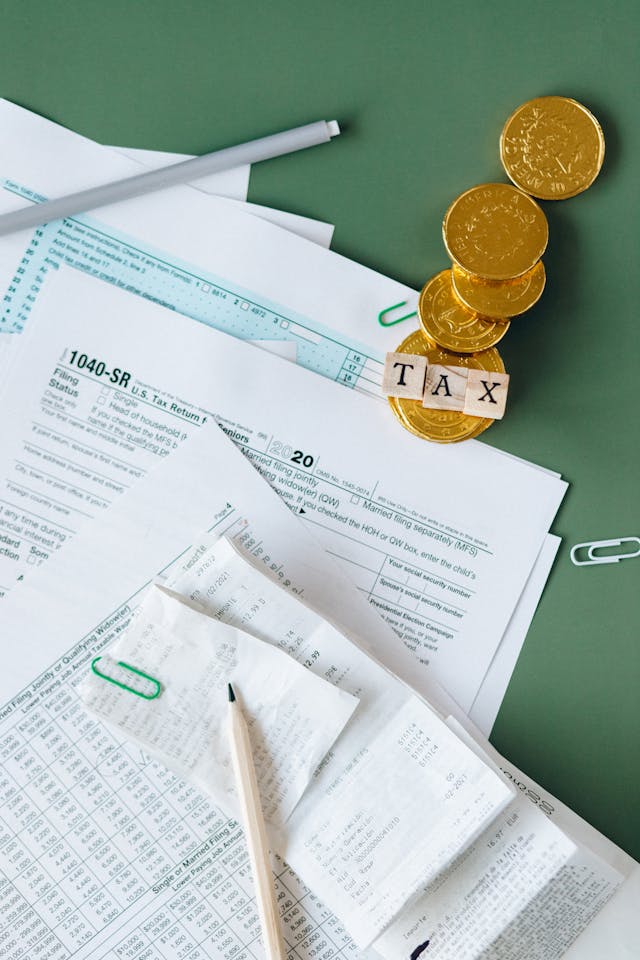Attention! The United States imposes an additional 10% tariff on China and Hong Kong, China!
 2025-02-16
2025-02-16
 2
2
In recent policy changes, the U.S. government has taken a significant measure, namely, imposing an additional 10% tariff on all imports from China and Hong Kong starting from February 4, 2025. This move marks a major change in the trade stance of the United States towards China and Hong Kong, and aims to protect domestic industries and promote fair trade by increasing tariffs.

Main tariff categories and implementation details
The additional tariffs imposed by the United States on imports from China and Hong Kong, China are based on the existing tariff policy, which means that any goods that have previously enjoyed 25% tariff treatment will now face a new tax rate of 35%. This tax rate increase reflects the determination of the U.S. government to further reduce its dependence on EXP in these two regions.
Exemption category
Although most goods will be affected by the new tariffs, there are still three categories of goods that are exempted, including donations for humanitarian relief, information materials, and goods that have been shipped or are in final transportation before February 1, 2025 and entered U.S. consumption between February 4 and March 7, 2025. These exemptions are aimed at ensuring that the supply of materials in some key areas is not directly impacted by the new tariff policy.
Special Terms and Exceptions
Special circumstances include the exception of Chapter 98 goods. Some of these goods, such as American goods repaired or improved abroad, American metal products processed abroad, etc., can be exempted from additional tariffs in principle, but if they generate value-added processing/assembly in China and Hong Kong, China, an additional 10% tax is required. In addition, Chinese and Hong Kong goods entering the U.S. foreign trade zone must also be declared according to the "privileged foreign status", and additional tariffs must be paid when they finally enter the country for consumption.
Corporate coping strategies
Faced with the upcoming 10% tariff, companies need to carefully plan their import and export strategies. First, it becomes particularly important to precisely classify commodity tariff numbers to avoid delays in customs clearance or penalties caused by false declarations. Secondly, understanding and utilizing exemption categories is essential for those commodities that may benefit from specific exemptions. Finally, pay close attention to changes in the implementation rules of tax increases in the United States and make timely adjustments to ensure compliance and reduce potential risks.



















